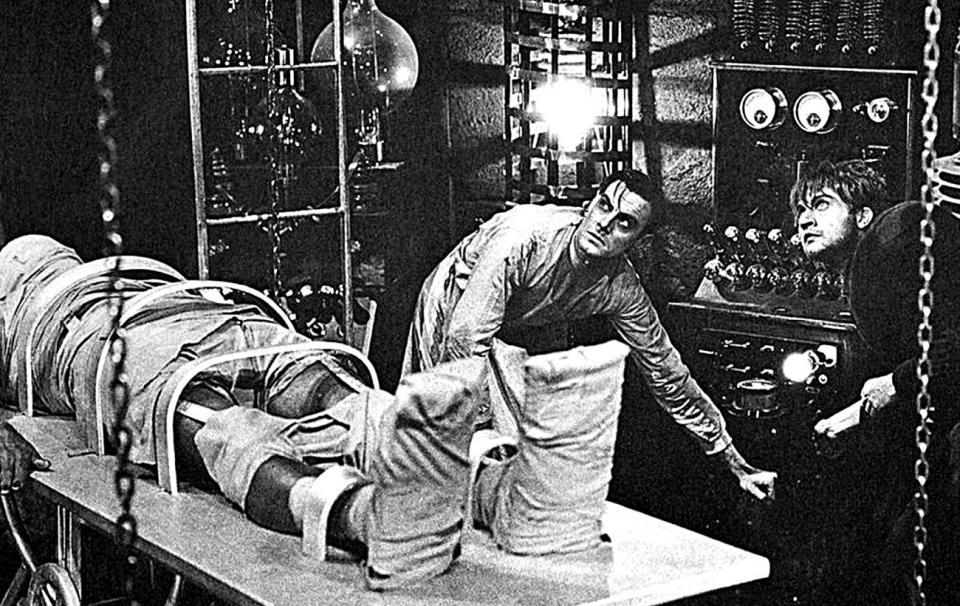Advantages and Disadvantages of Technology
A review of “Frankenstein by Mary Shelley”
Introduction
Shelley’s literary work in her novel Frankenstein has sparked conversations around numerous topics such as ethics, innovations, human behavior and science and technology. The plot in this story features a young and eager scholar by the name Victor whose obsession with scientific discourse leads him to create a monstrosity that he comes to reject and describe as ludicrous (Mary 34). His opinion is of no consequence because this creature that is created goes on to live and becomes the author of numerous calamities within the storyline. This representational work of art goes to show just how beneficial but at the same time detrimental the advance of technology is to our world.
Technology has brought about countless positive changes within the world such as medicine to cure previously incurable diseases, immunization and procedures engineered to eradicate pain and discomfort. By using words like ‘advancing’ and ‘progressing’ humanity, it is always assumed that technology brings about no harm. In contrast, the novel represents the motif of the scientist’s creation which turns against its maker. In other words it creates a scenario in which what is made with careful consideration and plenty of labor ends up destroying its environment. Today, Frankenstein is a model for the modern scientists who breach the societal norms and want to test the limits of science. A practical example is the concept of side effects. Modern medicine comes at cost to the human body, for instance it may eradicate cancer but it might also take away one’s ability to procreate at the same time.
The plot of the story also shows the consequences of lack of accountability while advancing technology. Victor epitomizes just how advances in technology have challenged ethical and moral interpretations of what is natural and what is not. According to the plot, he picks up different parts of the human body from multiple sources and uses electrical current to forge a connection and bring the flesh back to life. This is no different from what is currently being researched in the field of reproductive science where the top scientists want to replicate the process of conception is a test tube. Safeguards, protocols and institution approvals by committees educated in the horrible and numerous examples of unethical experiments done in the name of science are used to prevent a lone wolf like Victor Frankenstein from undertaking his garret experiments but these protections can go only so far. It is impossible to predict all of the consequences of our current and future scientific and technologic advances. The advantage in the reproductive scientific example given is that it creates an opportunity for the unable to hold children in their arms. The downside is that the same technology can be used to create persons for the sole purpose of gaining advantages in combat and to serve other precarious political agendas.
Conclusion
In a nutshell the promises that technology brings with it don’t materialize alone. This book was written as a cautionary tale as well as a testament of how far the human civilization has progressed so far. As new eras are forged by the click of a button, it has never been a more acute time to take stock of the pitfalls created in the path to making the world a better place.







